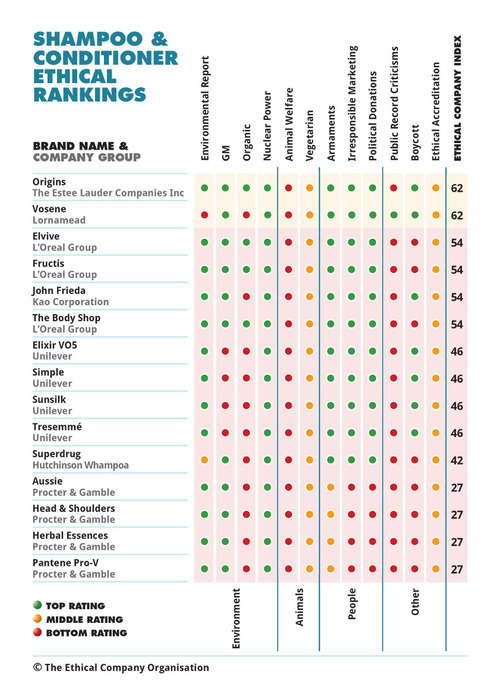I’m a week into my first challenge, this month the change I’m making is to switch my shampoo and conditioner (check out my last post).
I decided to go for The Body Shop’s offering and so far it is working out great, both products smell amazing and are quite light so I don’t feeling I’m weighing down my hair.
Each month as I make a change I want to do some research to try and get to the bottom of what makes something ethical. My investigations into what makes a shampoo ethical highlighted three main areas that I want to explore;
1. Fairly traded ingredients
2. Use of harmful chemicals
3. No ingredients (or the final product) tested on animals
At first glance The Body Shop ticks all the right boxes, they have their own initiative Community Fair Trade (launched in 1987), they have campaigned against animal testing and highlight the fact their shampoo has no silicones, no parabens and no colorants (paragons are the particularly nasty ones). They also campaign for human rights amongst other things.
Sounds prefect right? I though so, I assumed I had this one tied up, a successful change in my first month. You can imagine my surprise when I found The Body Shop languishing at the bottom of the Good Shopping Guides’ list of ethical shampoo and conditioner.

(This grid is the bottom half of the list, the top half is here.)
It seems that things got a bit tricky when beauty giant L’Oreal bought The Body Shop. The complications of the L’Oreal buy out is explained really well here but basically their record and links to Nestle (even I know they aren’t exactly top of the list with human rights activists!) mean lots of people boycotted The Body Shop accusing them of selling out.
So my question I’ll be pandering this week is whether a company can stay good even when it’s new Mum and Dad, shall we say, a little bit dubious?